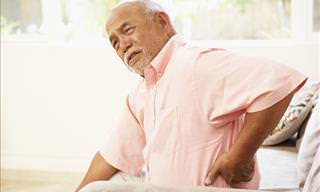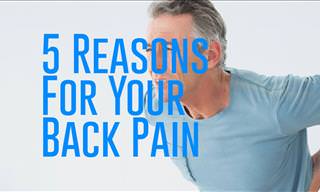Back Pain? Blame our Evolution
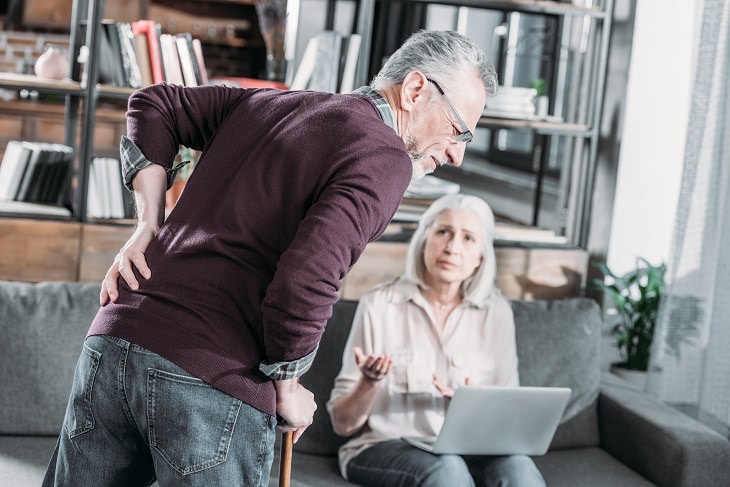
Once upon a time, our ancestors decided to stand up and leave our quadruped neighbors behind. Habitual bipedalism, a fancy word for walking on two legs, came with many advantages. With two rear limbs instead of four, we were able to use our hands more efficiently.
Sadly, advantages are always closely followed by some disadvantages. For example, our spine had four supporting pillars previously, but now it only has two. Therefore, the back is now one of the weak links of human anatomy. Our spine needs constant support from its supporting muscles to minimize the load. Without these muscles, the back can only bear loads of up to 5 pounds without collapsing. With well-developed torso muscles, the spine can take loads of up to 2000 pounds – that’s a 400-fold increase.
Most people with a history of a herniated disc talk about their pain being triggered by picking up a small, everyday object such as a pencil. This tells us that damage in your back adds up over time, it’s a so-called cumulative trauma disorder – meaning that back pain is a result of your daily habits.
Sitting is the New Smoking
54% of Americans who experience lower back pain spend the majority of their day sitting down. But isn’t sitting something that should reduce back stress? No, it’s just the opposite.
The joints between the bones of the spine aren’t directly linked to the blood supply. These joints instead get nourished through a process known as diffusion. Diffusion works because molecules, such as oxygen, are constantly moving and try to get as much space for themselves as they can. A key element for diffusion is a pressure difference.
During diffusion, molecules move from an area of high concentration to an area of low concentration. This way nutrition gets transformed into the joints, whereas toxins are transported out of the joints.
Sitting down puts a lot of pressure on your spinal cord. Therefore, the diffusion process cannot function as efficiently and nutrients and toxins cannot be transported properly, resulting in damaged joints.
Sit Properly
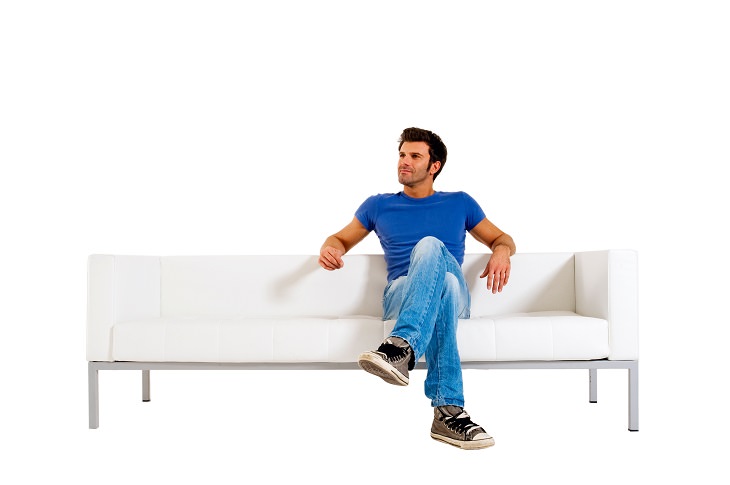
If sitting down can play such a big part in the creation of your lower back pain, how do you sit properly?
Is it better to sit with a straight back or should you lay back in your chair? Can you cross your legs while you’re sitting or should you have a symmetrical position with your feet? Well, according to recent science, all of them are right. This is because the best sitting position is an ever-changing one. This helps to minimize the pressure on certain points of your spine and spreads it all over.
Stand up More
Even better than a sitting position is a standing position. This dramatically reduces the pressure on your spine. However, if you’re forced to work at a desk the whole day, you have two options.
Take a Break Every Hour for about 2-3 Minutes
Set an alarm on your phone that goes off every hour. When it does, stand up, stand on your tip toes and raise your arms to the ceiling. Do this for roughly 20 seconds, inhaling all the time. Afterward, take a walk through the office for a few minutes. Grab yourself a healthy snack or a glass of water. The exercise helps to relieve the pressure on your spine, while the walking makes sure that the joints on your spine are properly hydrated.
Get a Standing Desk
Autonomous is one of the best companies on the market at the moment for standing desks. They offer cheap desks, with the ability to change the height. This allows you to start the day standing and switch to sitting if you’re tired.
Exercise for Lower Back Pain
Your joints are made to move and therefore they need movement to function properly. If you’re moving, all moving parts (joints, muscles, and bones) get strengthened. If you’re in a rested position for too long, your tissues will start to deteriorate.
Therefore, it’s vital that you get the right amount of activity in. Don’t overdo it though! There’s a chance that going to the gym may increase your risk of lower back pain. Having huge muscles doesn’t prevent you from getting back pain. In your training, you should focus on building up the muscles that are stabilizing your back. Squatting with 400 pounds might look impressive, but it doesn’t do the trick.
The more weight that you’re carrying around, the more weight your spinal cord has to bear on a regular basis. This is one of the reasons why huge, muscular guys can suffer from back pain too. Therefore, one of the most important goals of your exercise regimen should be weight loss.
Below are some important tips to consider when starting an exercise regimen:
Make Sure You Implement Cardiovascular Training in Your Workout Routine

This will not only help you to lose weight, but it will also make sure that your arteries, which flow to the tissue next to your spinal discs, are free of plaque and can, therefore, transport nutrients efficiently.
Note: If you have strong back pain, don’t run on a treadmill. Running is a high-impact exercise, which means that there’s continuous, reoccurring high pressure being put on your spine. Your endurance training should therefore either be fast-paced walking or some training on the elliptical trainer as both have little to no stressful impact on your backbone.
Focus on Developing Your Whole Core if You Want to Minimize Your Pain
There are some people that do hundreds of sits ups each day. While these are good for your abdomen, they also put a lot of pressure on your spine due to the bending movement. Six-pack workout routines are extremely one-sided. This means that over time, your abs will become overdeveloped in relation to your back muscles. A great way to train your abdominal muscles and back muscles at the same time is by holding the plank position.
Stretch Only if You Have Tight Muscles
Contrary to popular belief, stretching is only partially beneficial to treating lower back pain. Stretching makes a lot of sense if tight muscles (such as the hamstrings) are forcing you to constantly bend your back. Stretching to treat pain doesn’t make much sense if you’re already on a good level of flexibility.
If you have tight muscles that need to be stretched, try to stretch them at least three times a week. Don’t stretch your muscles right after you wake up in the morning as your spinal discs soak up fluid during the night. Every bend puts more pressure on your spine in that soaked-up state. Only stretch 2-3 hours after you have woken up.
Where to Start
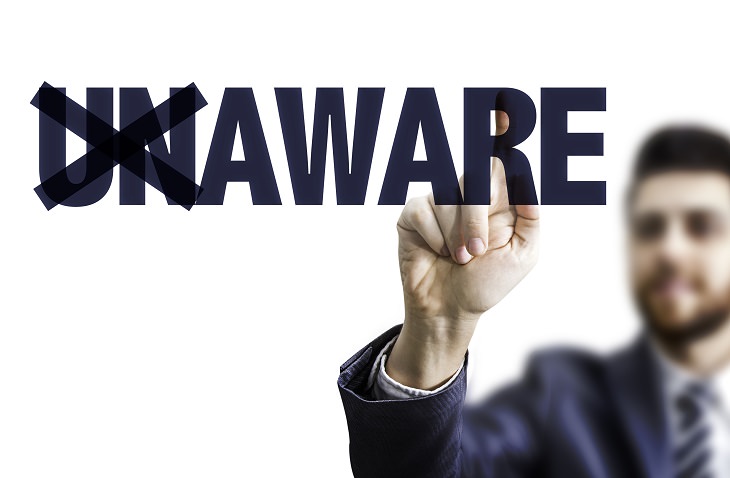
The key to improving your bad habits is awareness. Try to become aware of your back when you’re sitting down, laying down, or lifting an object. This awareness of your body is called proprioception. For example, you need to be aware whether your back is bent or straight at the very second. It’s a lot harder than it sounds. The change that this awareness can make to your back pain is fascinating. The consciousness of your body is one of the most important things in your recovery or prevention.
Below are a few behavioral tactics that you need to be considering:
If You’re Leaning Forward More Than 30 Degrees with Your Upper Body, Support Your Spine with Your Arms
Ever tried to show a colleague of yours a complex issue and found yourself leaning awkwardly forward on their desk, pointing with your fingers to his/her paper? If that happens again, make sure that you’re not using the non-pointing arm to support yourself.
Keep a Straight Back
Be it while standing, exercising, or stretching, always keep a straight back. If you’re bending your back you’re putting stress on small areas of your spinal cord. A straight back redistributes the force to a bigger area, helping to minimize the pressure.
Put Symmetrical Loads on Your Spine
If you have to carry heavy objects, carry them with both arms. Put the object in the middle of your body and keep it as close to your mass of gravity as possible. If this isn’t possible, try to carry the same amount on the left side as you do on the right. This puts the stress vertically on as fully extended spine.
Source: lifehack
Images: depositphotos
 Go to BabaMail
Go to BabaMail







































